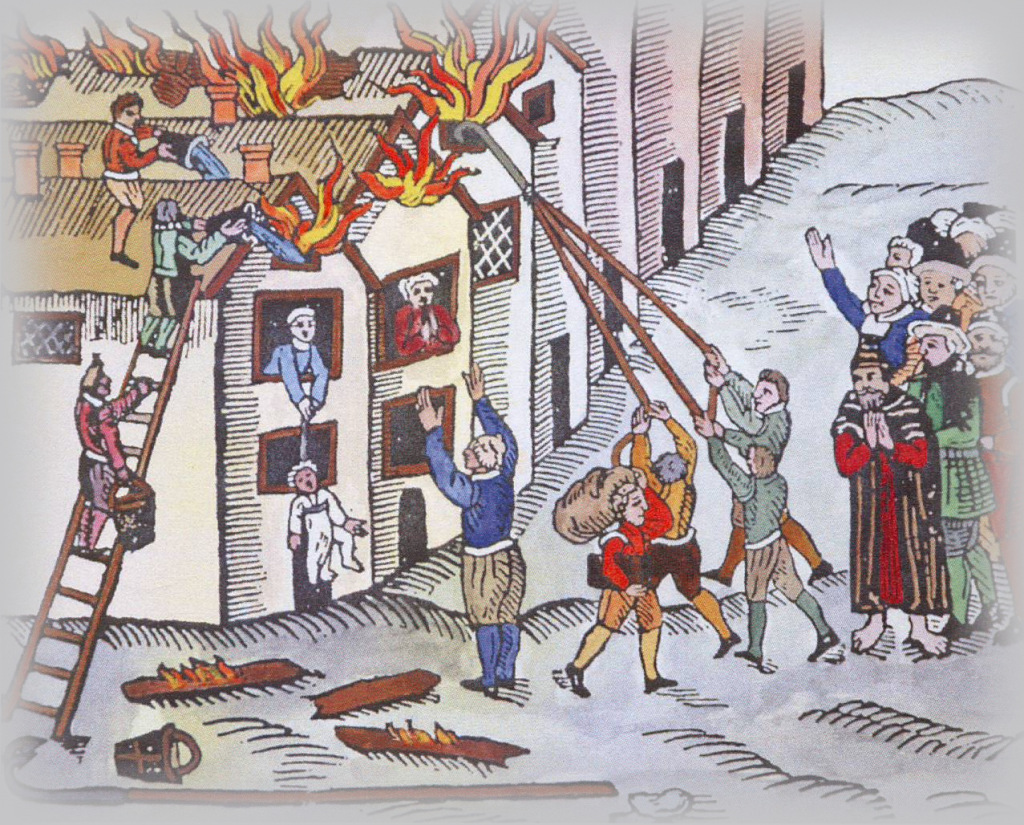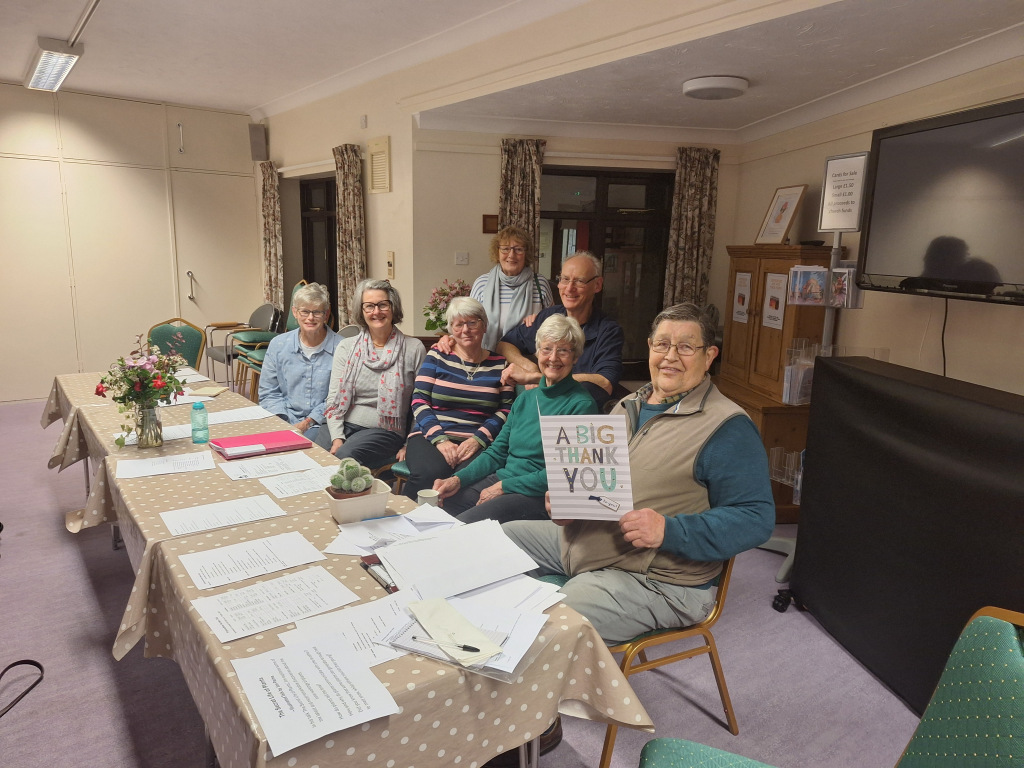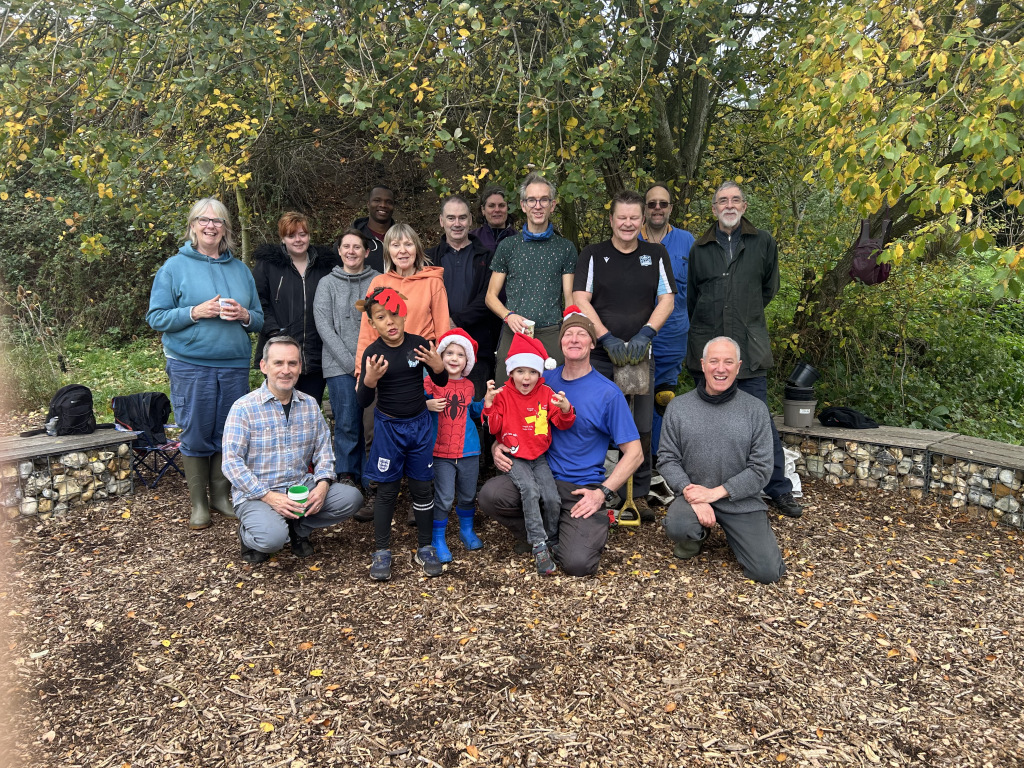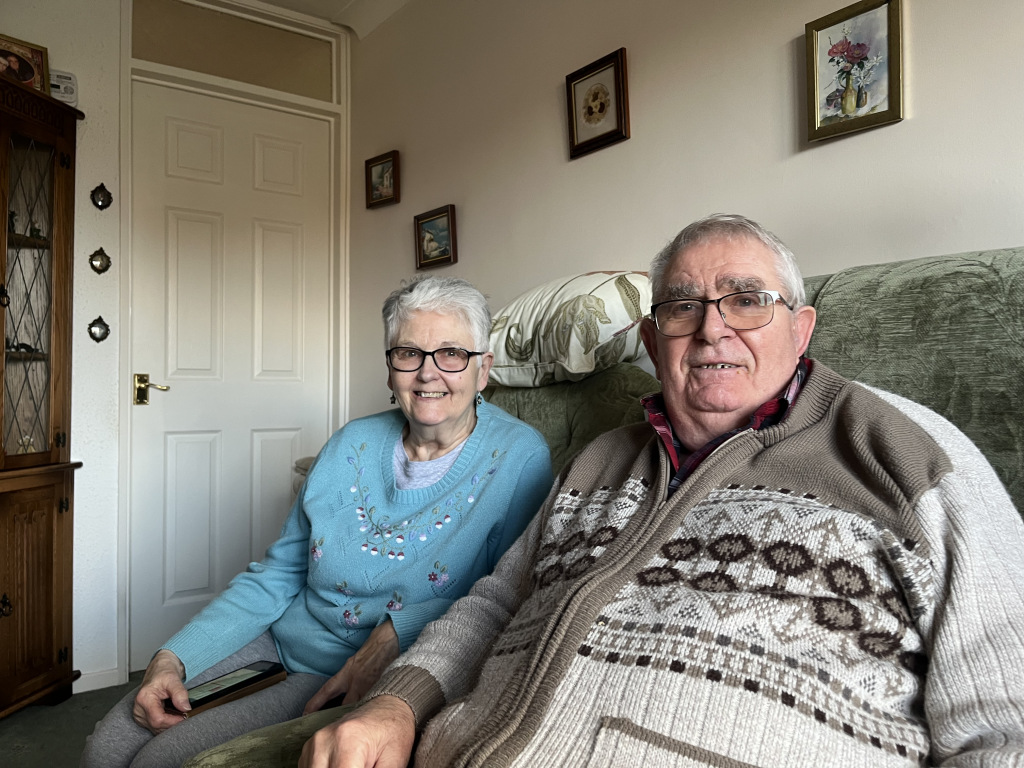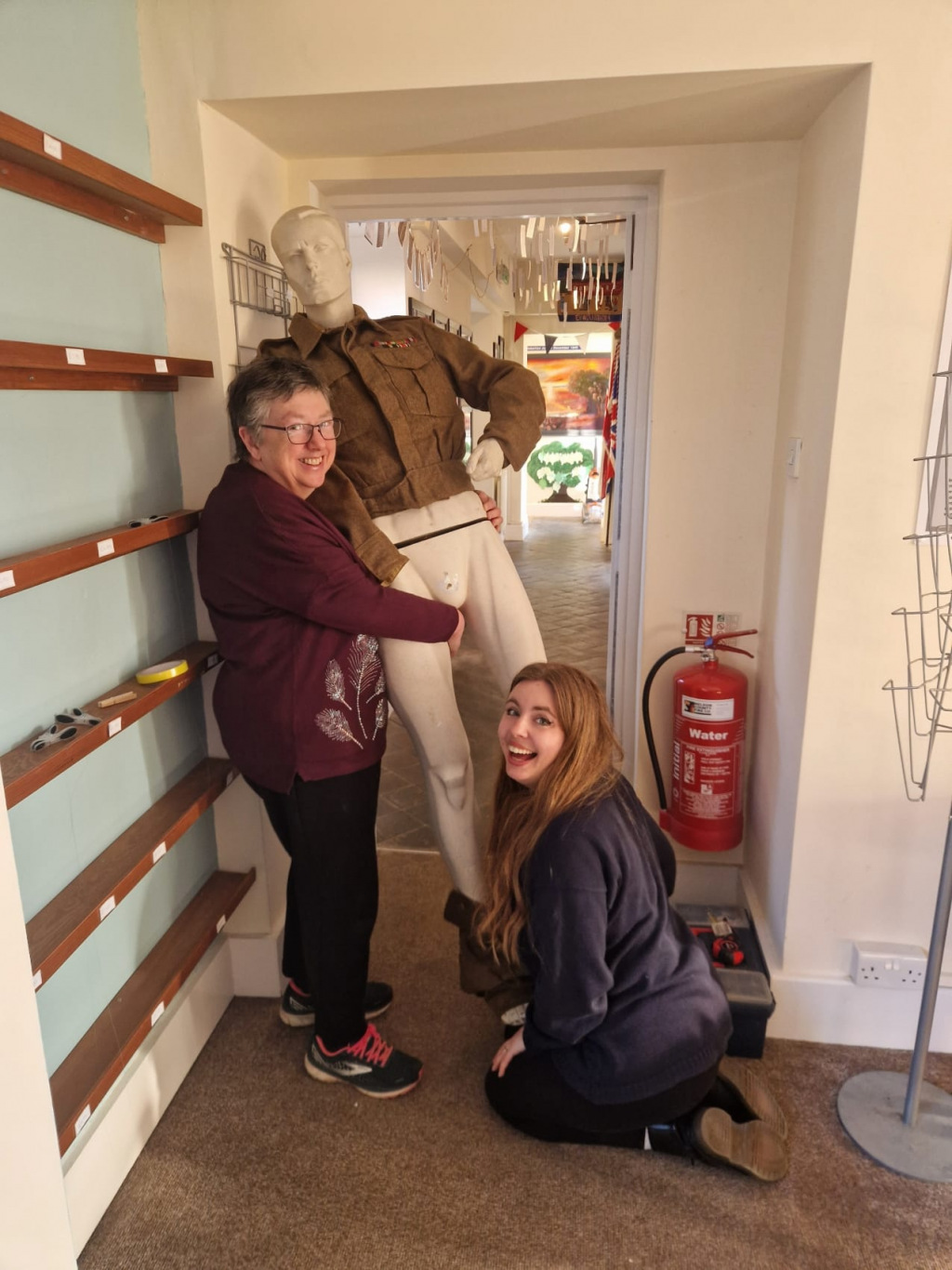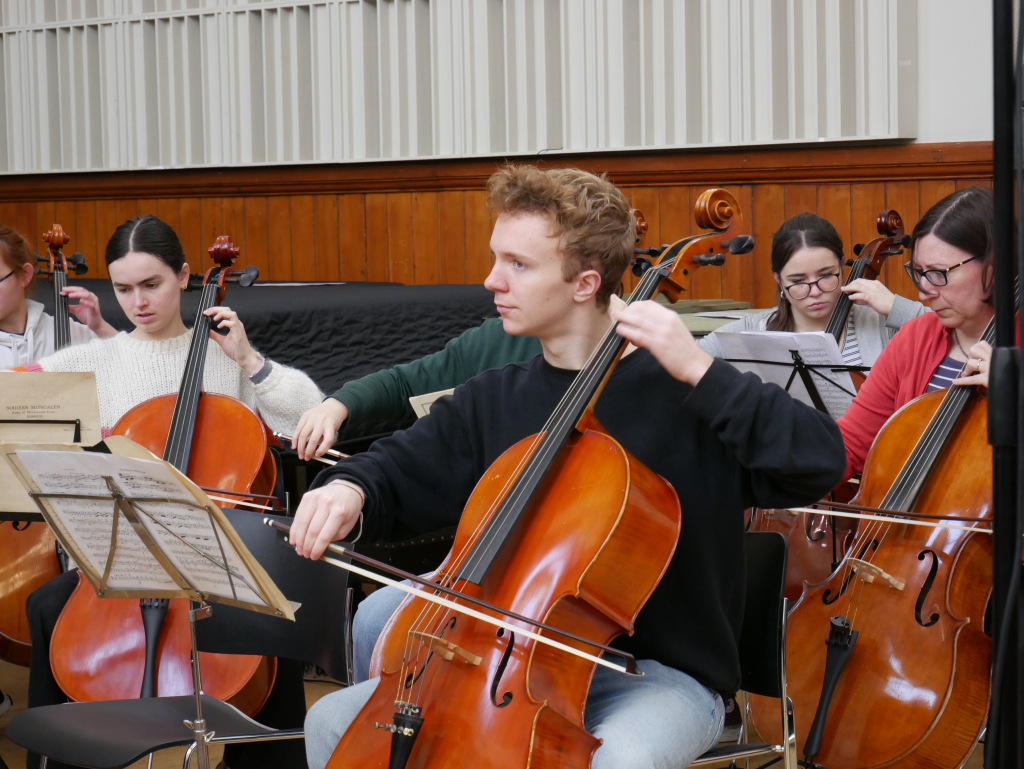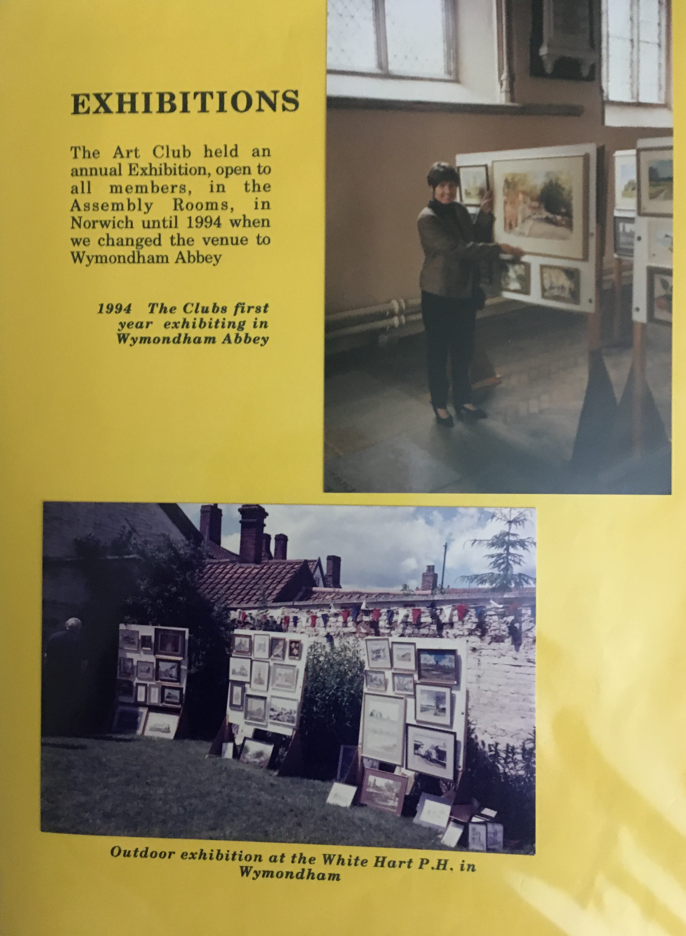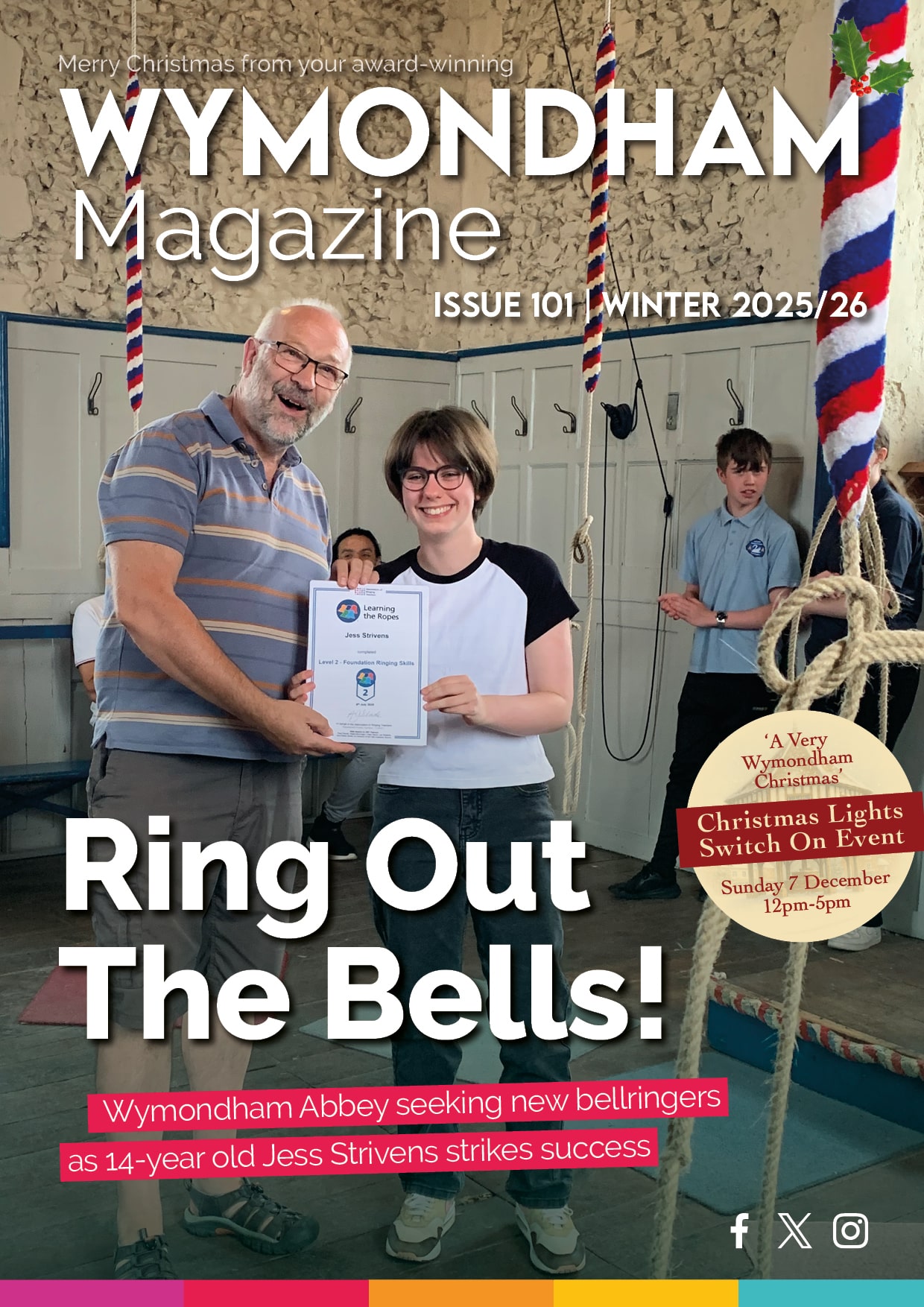Many of the displays at Wymondham Heritage Museum offer an insight into life in the town and the surrounding area in the 20th century. From the role of women in World War One to the history of brushmaking. From the Regal Cinema exhibition to the town’s lost pubs.
But a glance at the Timeline on display in the museum’s reception shows the rich history of Wymondham over the centuries together with major events that occurred in the country.
For example, there was an outbreak of bubonic plague in the town in 1349. And in the 15th century there was a mediaeval hall house thought to be on the site where The Bridewell now stands. A number of the museum’s displays provide information and illustrations of some of these landmark events.
One such display tells the story of the Great Fire of Wymondham. It started on June 10th, 1615. Wymondham was almost deserted. The townsfolk were attending a service at the parish church. They were unaware that three travellers and a local accomplice had lit two fires. The fires took hold in Vicar and Middleton Streets. The timber-framed, thatched houses were soon engulfed in flames. The Market Cross was reduced to a smouldering ruin. There appeared to be no motive. The perpetrators didn’t flee the scene but stayed to watch. They were caught and eventually hanged at Norwich Castle.
It is thought the first Market Cross was erected around 1300. Following the fire, Sir Henry Hobart of Blickling, the local lord, asked the townsmen to build a new Market Cross. A display board in the museum’s main gallery charts the history of the cross from its rebuild, its restorations and various uses through the centuries.
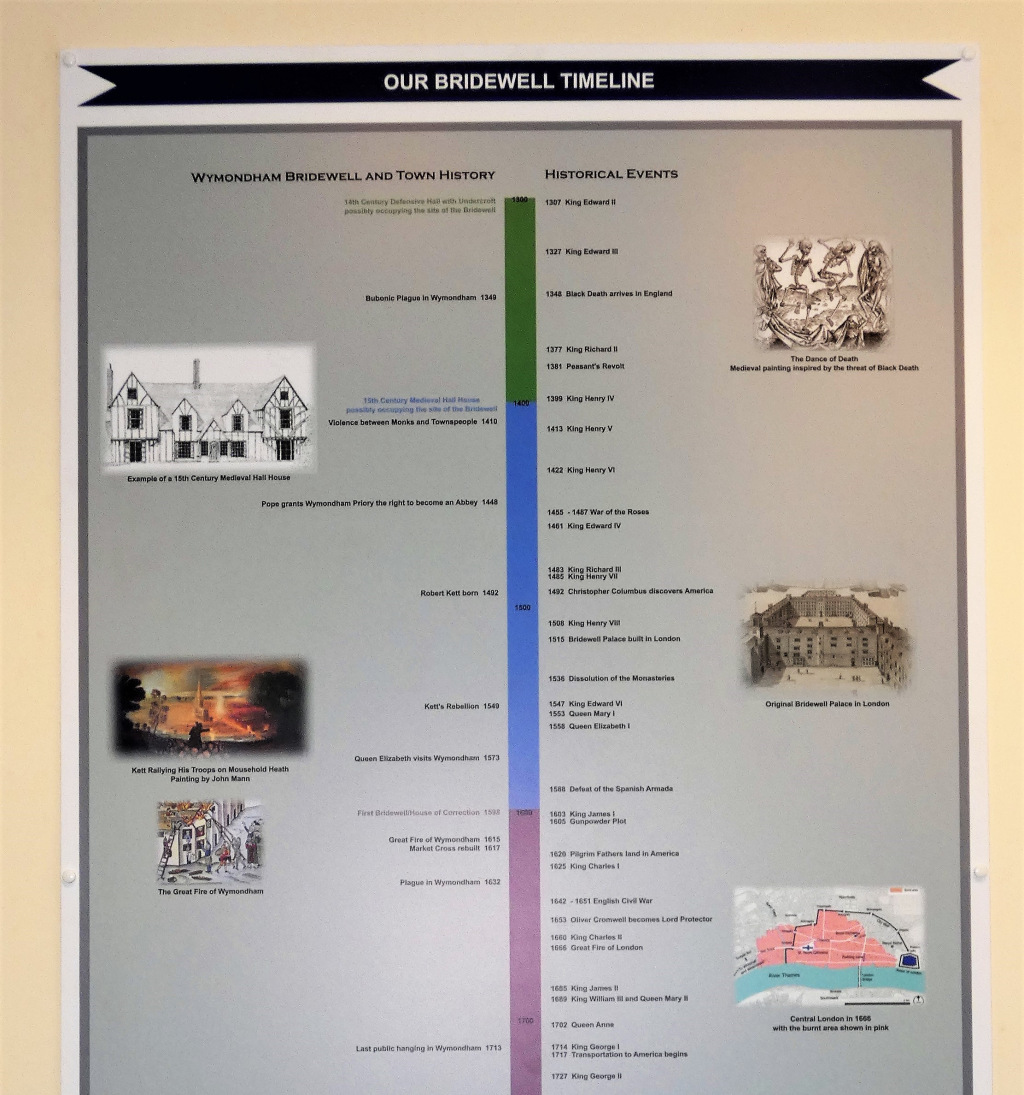
Behind an 1810 cell door is a display featuring the history of The Bridewell. How it became the model prison for Houses of Correction in the UK and America. How the prisoners lived, their crimes, what they ate and their punishments.
A major display tells the story of the rebellion in 1549 led by Wymondham’s most famous citizen, Robert Kett. Wealthy landowners had enclosed common land making people pay for their common rights such as fishing, gathering firewood and reeds for thatching. Kett was himself a landowner and yeoman and had enclosed his own land. So, how did he come to lead a rebellion against enclosures? All is revealed in illustrated detail. How Kett set up camp with the rebels, led them in battle and the final outcome.
Once you have discovered the story in the museum you can walk in the steps of Robert Kett and follow the rebels with a tour of Norwich visiting the key locations. Tour guide Paul Dickson tracks the rebellion around the city taking in battle sites, St Nicholas Chapel on Ketts Heights where Robert Kett had his headquarters. Mousehold Heath where Kett massed the rebels and he tells more about the players on both sides of the struggle. Go to www.pauldicksontours.co.uk and click on Shardlake’s Norwich.
For more information on what to see at Wymondham Heritage Museum log on to thewhm.org.uk




